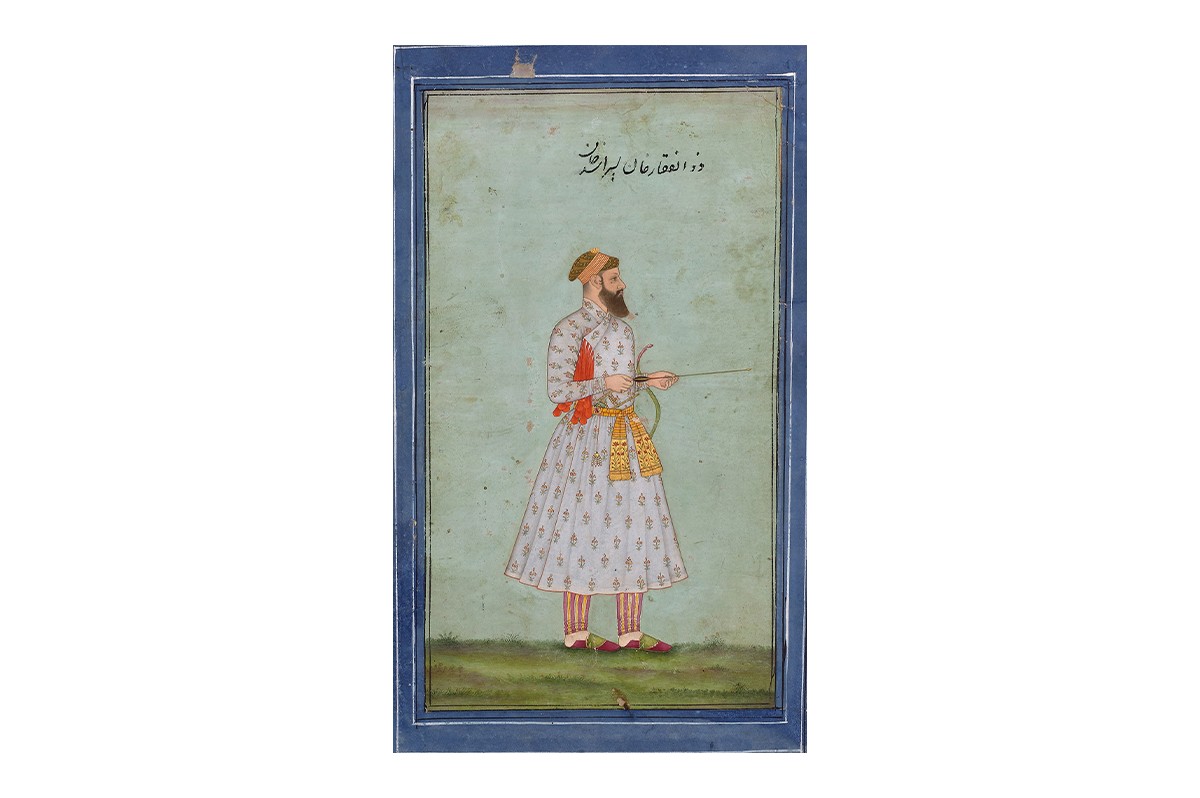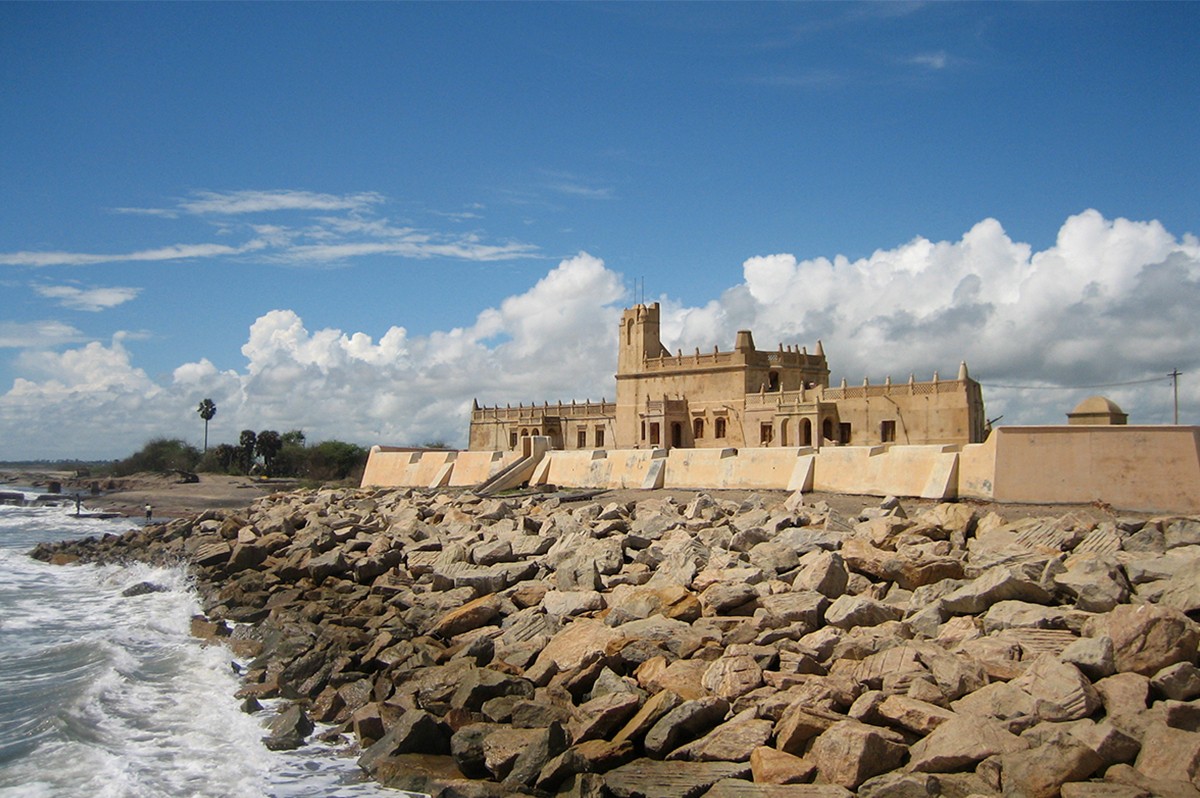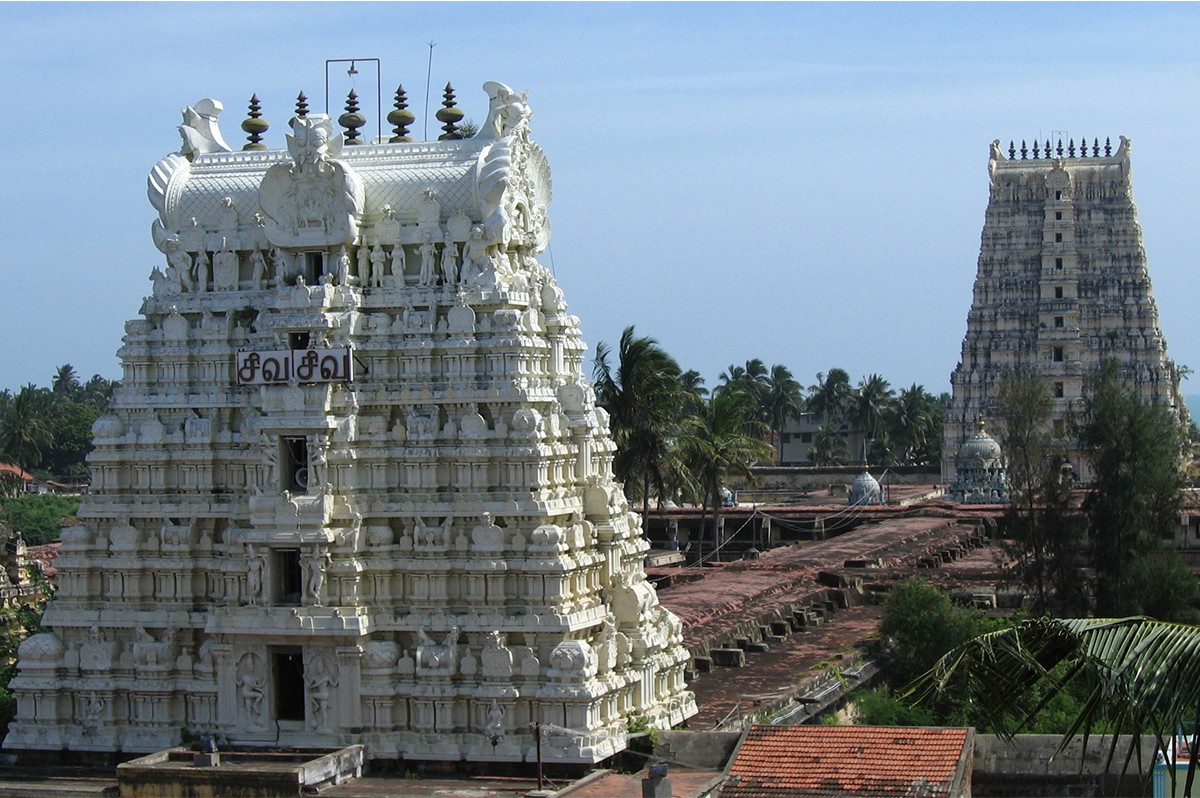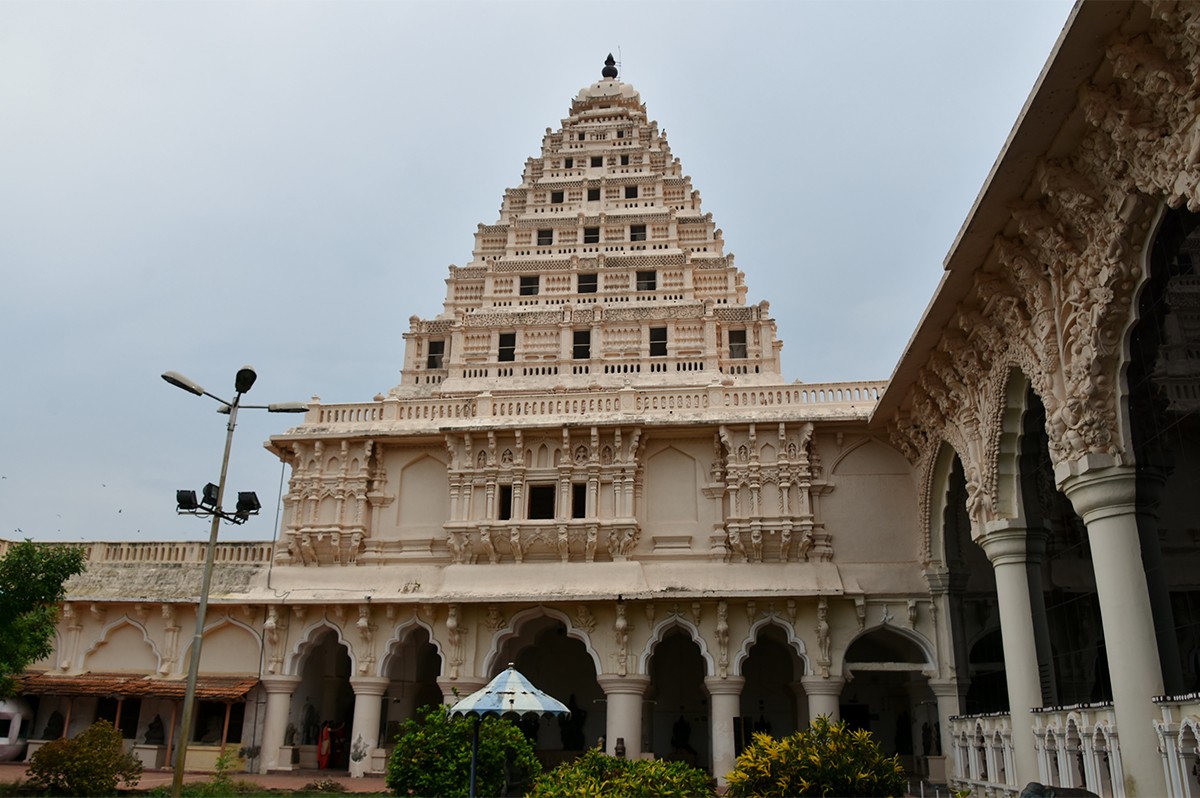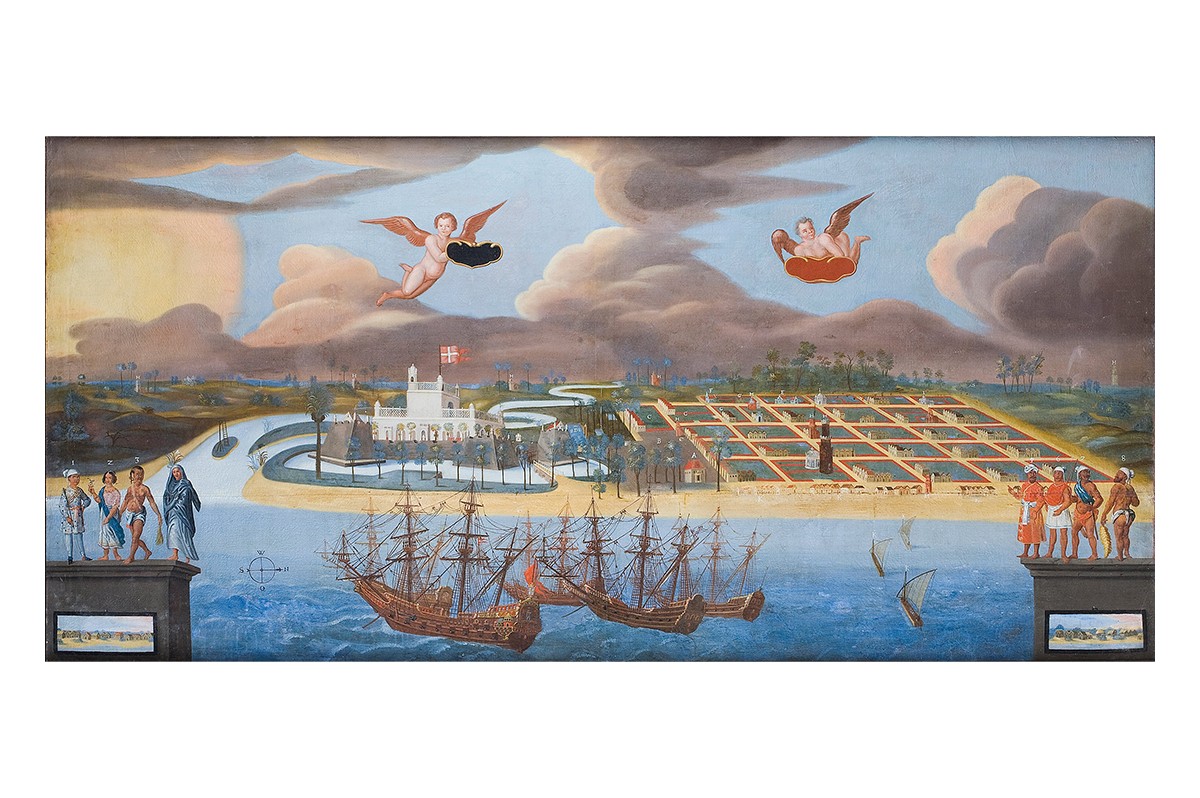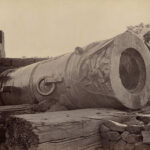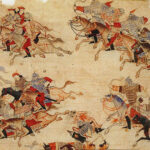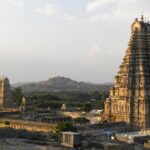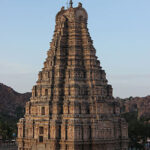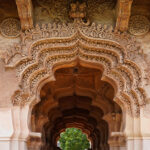Nayaka Art and Culture
1600–1700
The Nayakas, the successors of Vijayanagara, continue to sustain patronage of art and poetry in the region. This is thanks in part to the wealth of international trade: a number of European trading companies establish bases along the Coromandel Coast, including the Danish at Tranquebar (present-day Tharangambadi) and the Dutch at Tuticorin (present-day Thoothukudi).
Nayaka poetry, most often in a highly ornate register of Telugu, is distinguished by the large volume of work composed by courtesans, who often play an important role in the court. Their art, as seen in Kalamkari textiles and temple murals, continues the traditions of Lepakshi, albeit with an increased emphasis on ornamentation and saturated colour.
The states continue to war with each other, with the Setupatis of Ramnad breaking free of the Madurai Nayakas, and the Thanjavur Nayakas being conquered and then ruled by a branch of the Bhonsle Marathas. Their territories eventually shrink to insignificance or are absorbed into Mughal viceroyalties such as the Nawabate of Arcot.
Bibliography
Eaton, Richard M. A Social History of the Deccan, 1300–1761 Eight Indian Lives. New York: Cambridge University Press, 2005.
Frykenberg, Robert Eric. Christianity in India: From Beginnings to the Present. New York: Oxford University Press, 2008.
Michell, George. The New Cambridge History of Art: Architecture and Art of Southern India: Vijayanagara and the Successor States. Cambridge, UK: Cambridge University Press, 1995.
Narayana Rao, Velcheru. “Multiple Literary Cultures in Telugu: Court, Temple, and Public.” In Literary Cultures in History: Reconstructions from South Asia, edited by Sheldon Pollock, 383–436. University of California Press, 2003.
Feedback 
This entry appears in
Art in South Asia
Visit Timeline
Associated Timeline Events
First Published: March 11, 2024
Last Updated: May 20, 2024



